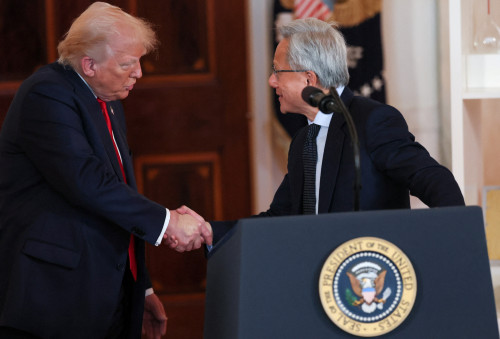(Reuters) – The Organization of the Petroleum Exporting Countries with Russia and other allies, or OPEC+, meet on June 4 to discuss whether additional oil production cuts should be implemented.
The group in early April surprised markets with output cuts of around 1.16 million barrels per day, fuelling a rise in prices.
Going into the meeting this weekend, however, OPEC+ has given mixed signals on whether further cuts are likely, keeping oil prices volatile recently. [O/R]
Here is what analysts expect in terms of the meeting’s outcome:
Goldman Sachs:
* “We expect the nine major OPEC+ producers which announced voluntary production cuts in April to keep production unchanged, but utilize some partly offsetting hawkish rhetoric.”
Elevated OPEC pricing power should allow the group to deliver additional cuts if oil prices were to remain below $80 per barrel in the second half of the year, the bank added.
HSBC:
* “We think OPEC+ will wait to see the impact of the latest series of cuts before making any further changes to supply.”
“We continue to think OPEC+ will take a flexible approach – if the expected deficit does not materialise in the summer, we could see further cuts from the organisation.”
HSBC expects the current set of cuts, in addition to the stronger oil demand from China and the West from the summer onward, will bring about a deficit in the market in the second half of 2023.
Viktor Katona, lead crude analyst at Kpler:
* “We think OPEC+ is forced to react and one way or another will be inclined to cut.”
“There’s a big elephant in the room, namely that supply/demand balances will be the tightest in July-August and cutting production into months that anyways see almost 3 million bpd of a discrepancy between strong demand and declining supply is difficult to sell from a fundamental perspective.”
However, OPEC+ needs the market to realize that fundamentals matter and not everything boils down to pure macro signals, Katona added.
RaboBank:
* “We see OPEC+ staying the course and continuing the April cuts … The surprise April cut boosted prices by $5-$7 for about three weeks.”
“A second cut would display their fears more openly and indicates greater weakness; we construe a second cut as a bearish signal unless the cuts are extremely substantive.”
Amarpreet Singh, analyst at Barclays:
* OPEC+ will “likely remain proactive with a primary goal of avoiding a sustained surplus, in our view, as the sharp increase in inventory cover and ensuing further deterioration in sentiment might lead to a significant increase in volatility.”
“We forecast a supply deficit in the second half of the year as non-OPEC+ supply growth decelerates and OPEC+ countries restrain output amid a seasonal boost in demand,” Singh wrote in a note.
Jorge León, senior vice president of oil market research at Rystad Energy:
* Despite the voluntary cuts, which started in May, OPEC+ countries and the group of producers could cut output to support prices in the short term, said León.
“US shale’s unresponsiveness should be seen as a positive for the group, as OPEC+ could cut production and support prices without the risk of losing market share.”
Bill Weatherburn, commodities economist at Capital Economics:
* “OPEC+ is unlikely to change its output target… After all, crude supply is already constrained, but prices have fallen on demand concerns. Accordingly, it is unlikely that further cuts would prompt a large rebound in prices.”
Uncertainty around Russia’s compliance with previously announced production cuts should make other OPEC+ members pause before agreeing to further changes, Weatherburn added in a note.
(Reporting by Arpan Varghese, Ashitha Shivaprasad and Arshreet Singh in Bengaluru; Editing by Matthew Lewis and Marguerita Choy)





